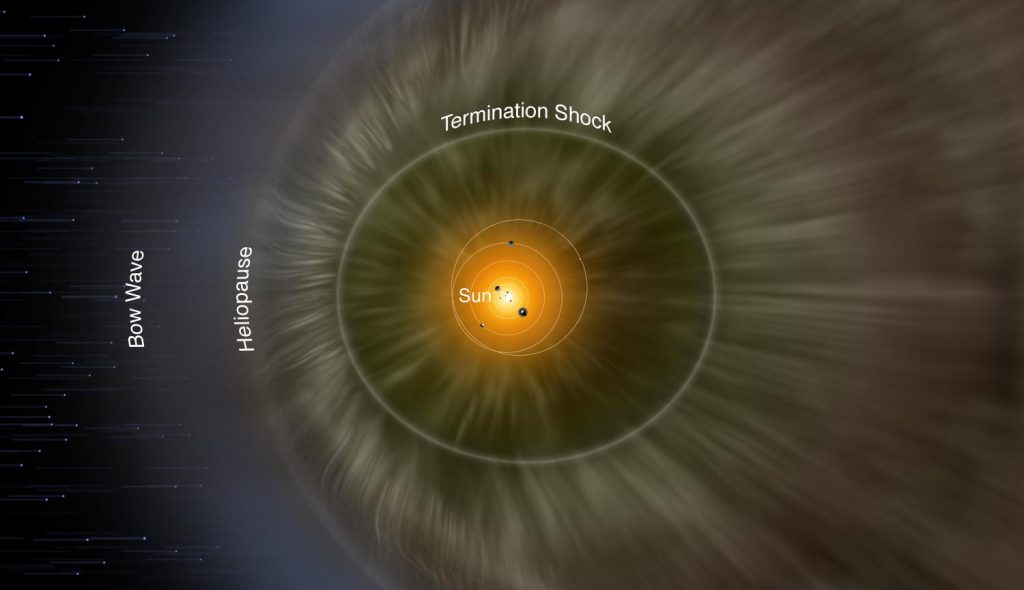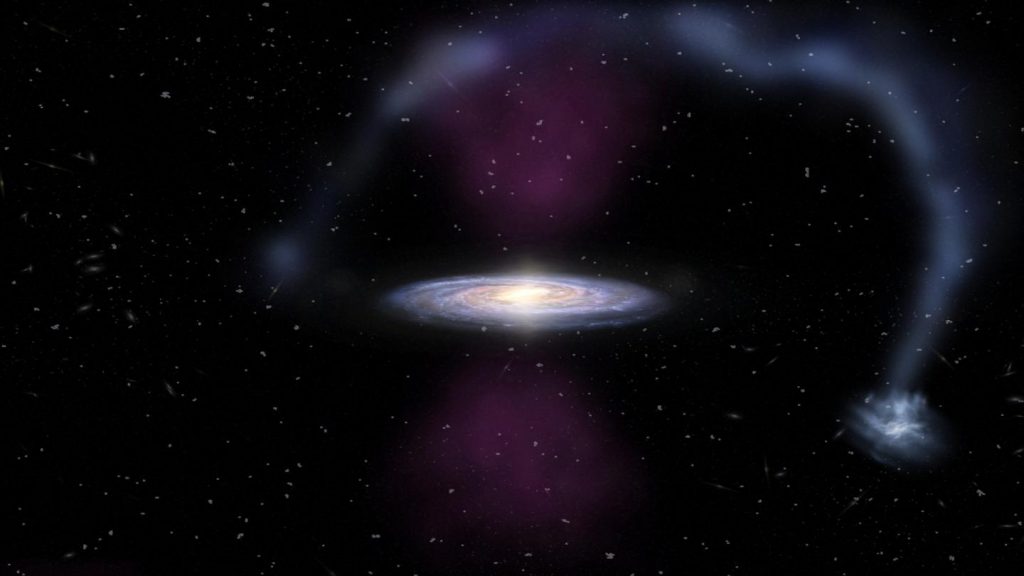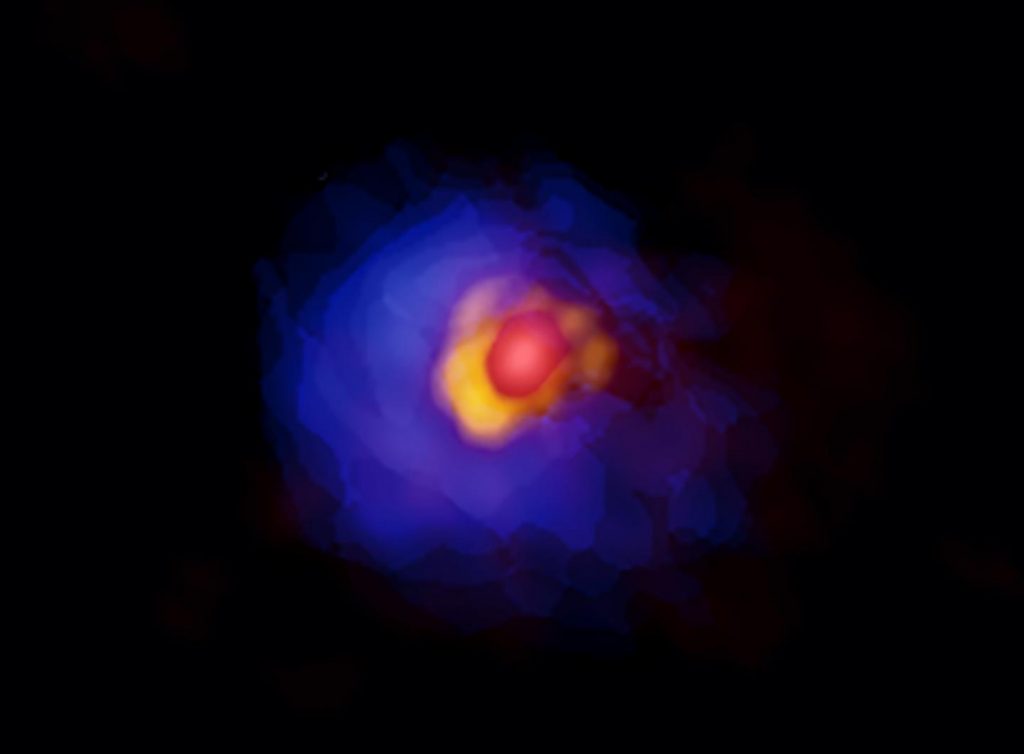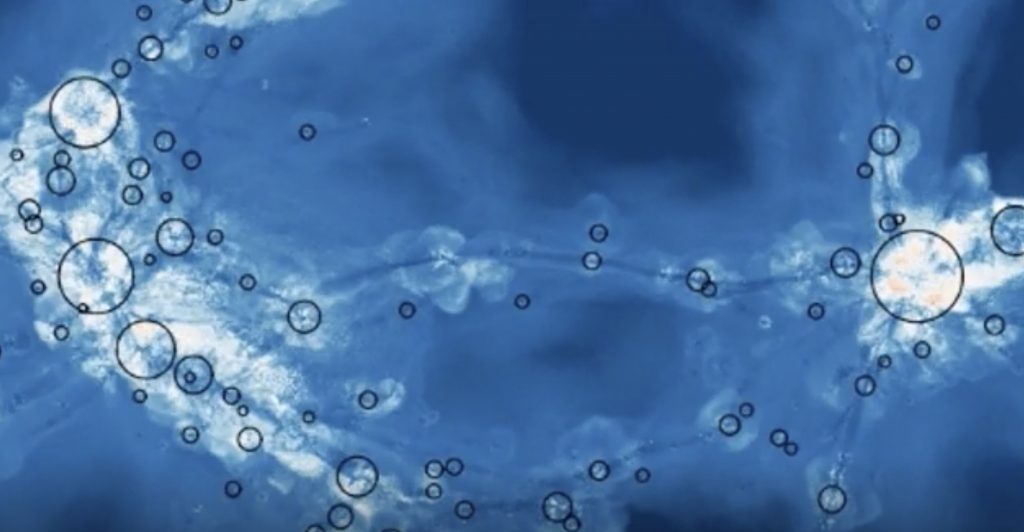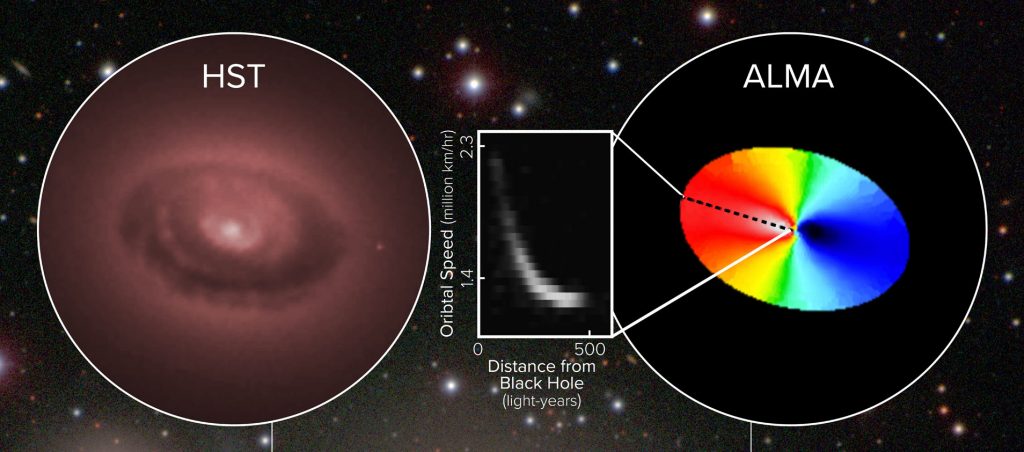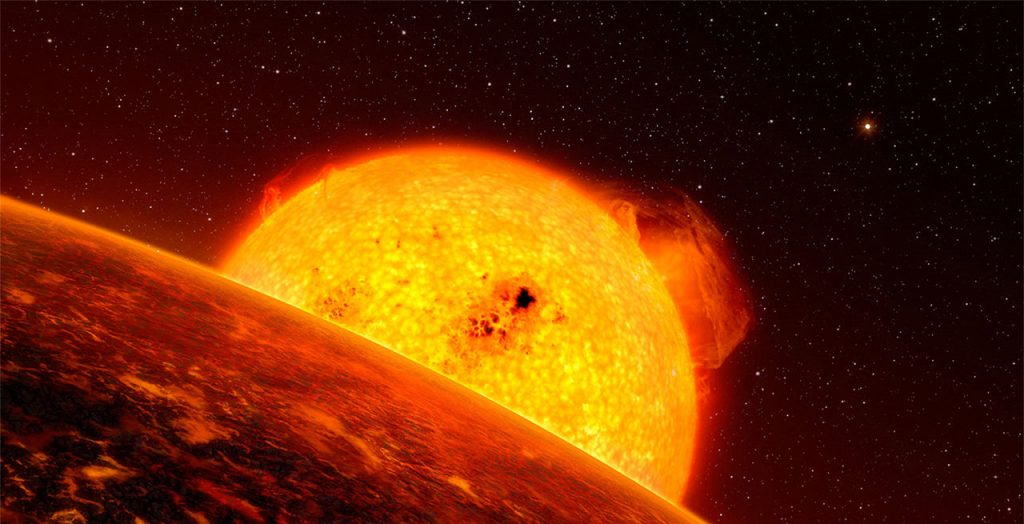At the end of the Solar System, there’s a surprisingly high pressure
Our Sun emits particles and radiation around the clock. These emissions propagate far into space in all directions and form the heliosphere. At the same time, our Solar System is constantly bombarded from interstellar space by cosmic radiation from a wide range of sources. Way out in the far outer edges of our Solar System, a few billion kilometers from the Sun, these streams of radiation meet each other from both directions in the so-called heliosheath. The pressure appears to be significantly higher there than researchers previously thought. This was discovered by astronomers with the help of the two…
